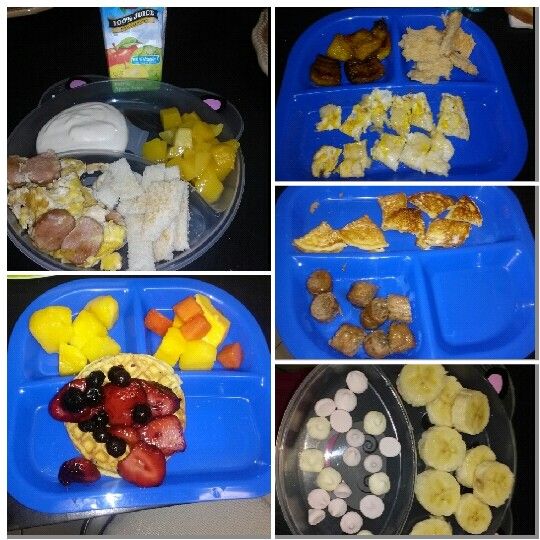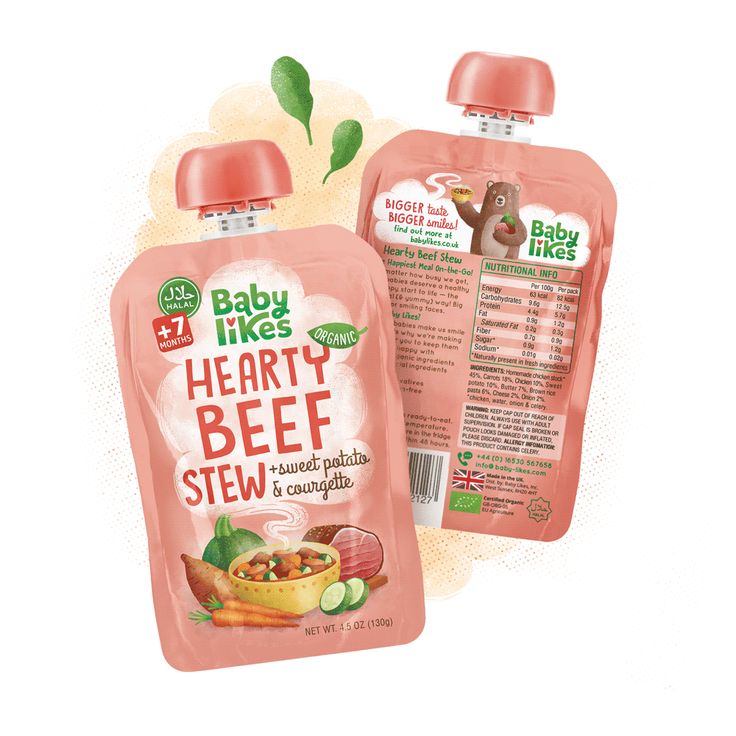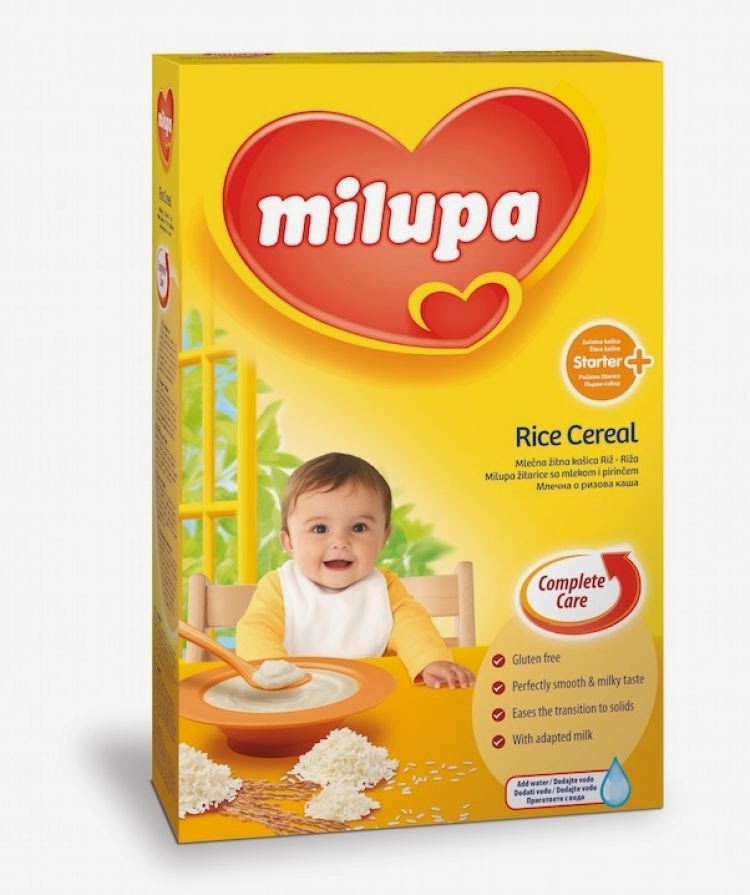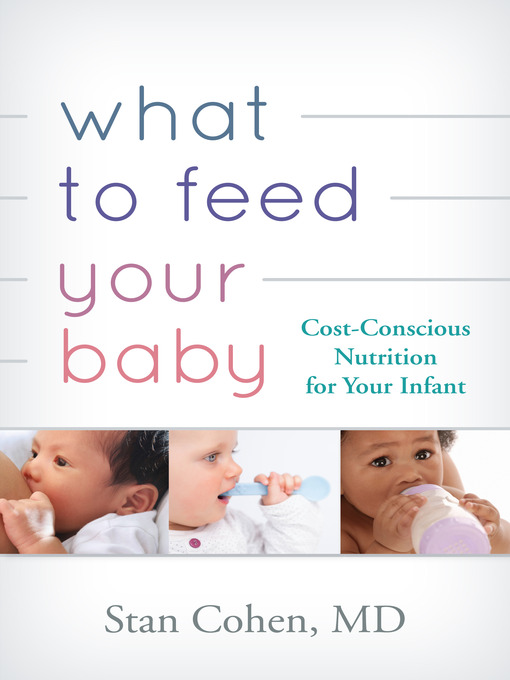Baby feeding after six months
Feeding your baby: 6–12 months
At 6 months of age, breastmilk continues to be a vital source of nutrition; but it’s not enough by itself. You need to now introduce your baby to solid food, in addition to breastmilk, to keep up with her growing needs.
Be sure you give your baby her first foods after she has breastfed, or between nursing sessions, so that your baby continues to breastfeed as much as possible.
When you start to feed your baby solid food, take extra care that she doesn’t become sick. As she crawls about and explores, germs can spread from her hands to her mouth. Protect your baby from getting sick by washing your and her hands with soap before preparing food and before every feeding.
Your baby's first foods
When your baby is 6 months old, she is just learning to chew. Her first foods need to be soft so they’re very easy to swallow, such as porridge or well mashed fruits and vegetables. Did you know that when porridge is too watery, it doesn't have as many nutrients? To make it more nutritious, cook it until it’s thick enough not to run off the spoon.
Feed your baby when you see her give signs that she's hungry – such as putting her hands to her mouth. After washing hands, start by giving your baby just two to three spoonfuls of soft food, twice a day. At this age, her stomach is small so she can only eat small amounts at each meal.
The taste of a new food may surprise your baby. Give her time to get used to these new foods and flavours. Be patient and don’t force your baby to eat. Watch for signs that she is full and stop feeding her then.
As your baby grows, her stomach also grows and she can eat more food with each meal.
Feeding your baby: 6–8 months old
From 6–8 months old, feed your baby half a cup of soft food two to three times a day. Your baby can eat anything except honey, which she shouldn't eat until she is a year old. You can start to add a healthy snack, like mashed fruit, between meals. As your baby gets increasing amounts of solid foods, she should continue to get the same amount of breastmilk.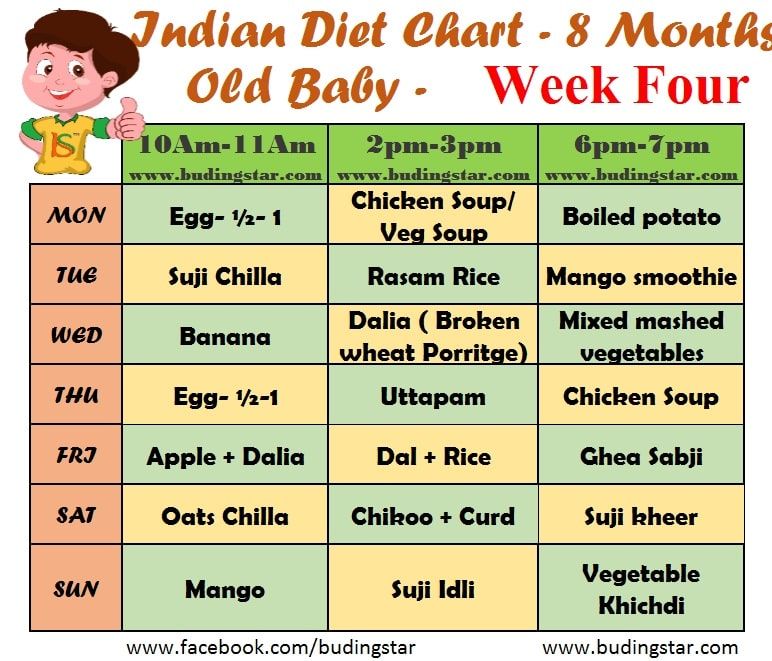
Feeding your baby: 9–11 months old
From 9–11 months old, your baby can take half a cup of food three to four times a day, plus a healthy snack. Now you can start to chop up soft food into small pieces instead of mashing it. Your baby may even start to eat food herself with her fingers. Continue to breastfeed whenever your baby is hungry.
Each meal needs to be both easy for your baby to eat and packed with nutrition. Make every bite count.
Foods need to be rich in energy and nutrients. In addition to grains and potatoes, be sure your baby has vegetables and fruits, legumes and seeds, a little energy-rich oil or fat, and – especially – animal foods (dairy, eggs, meat, fish and poultry) every day. Eating a variety of foods every day gives your baby the best chance of getting all the nutrients he needs.
If your baby refuses a new food or spits it out, don’t force it. Try again a few days later. You can also try mixing it with another food that your baby likes or squeezing a little breastmilk on top.
Feeding non-breastfed babies
If you're not breastfeeding your baby, she’ll need to eat more often. She'll also need to rely on other foods, including milk products, to get all the nutrition her body needs.
- Start to give your baby solid foods at 6 months of age, just as a breastfed baby would need. Begin with two to three spoonfuls of soft and mashed food four times a day, which will give her the nutrients she needs without breastmilk.
- From 6–8 months old, she’ll need half a cup of soft food four times a day, plus a healthy snack.
- From 9–11 months old, she’ll need half a cup of food four to five times a day, plus two healthy snacks.
Breastfeeding beyond 6 months | Medela
When your baby starts solids, you may think he no longer needs breast milk. However, breastfeeding after six months has numerous benefits for you both
Share this content
Is breastfeeding still important after you’ve reached the six-month milestone? And how long should you continue? The answers may surprise you, as the additional health and developmental benefits of breastfeeding – which solid foods and other milks cannot offer – are often overlooked.
How long should I breastfeed for?
The World Health Organization (WHO) recommends breastfeeding for two years and beyond – and this applies to families around the world, not just in developing countries.1
“It’s important to note the WHO doesn’t set a maximum breastfeeding duration,”2 says Dr Leon Mitoulas, Medela’s Head of Breastfeeding Research. “From an anthropological perspective, breastfeeding for between two-and-a-half and seven years would be optimal.3 However, cultural norms today generally entail weaning at a much younger age.”
The WHO’s recommendations are supported by a recent surge in research into the first 1,000 days of a child’s life – from conception to the second birthday.4 Dr Mitoulas explains: “Scientists have discovered the right nutrition, and other factors, have the most profound impact on growth and long-term health during this time. Evidence unequivocally demonstrates that breastfeeding is uniquely beneficial during that crucial 1,000-day window.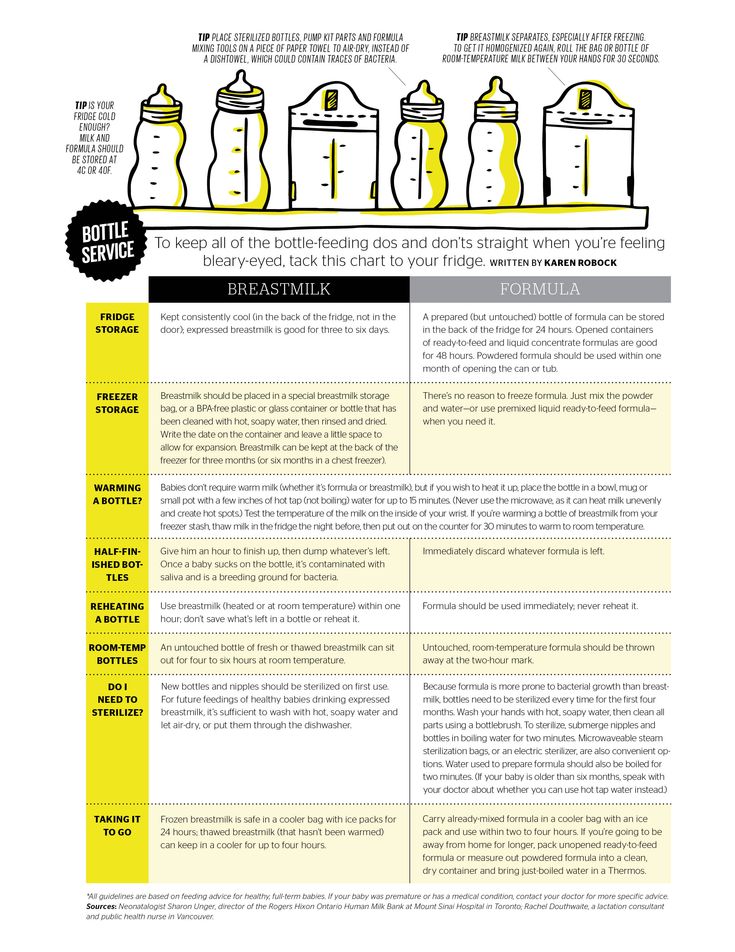
“Breastfeeding can be considered a food, a medicine and a signal all at the same time,”5 he adds. “And these trifold benefits certainly continue beyond two years.”
Food: Nutritional benefits of extended breastfeeding
Once your baby starts eating solids at around six months, you might think your breast milk becomes just a ‘drink’ that complements them. In fact, the opposite is true – your baby will only get a tiny proportion of his calories and nutrients from food when he first starts solids.
“The undisputed best start for babies is exclusive breastfeeding for the first six months. But even after your baby starts eating complementary foods, breast milk provides significant nutrition,” says Dr Mitoulas.
When exclusively breastfeeding, a baby typically consumes 750 to 800 ml (26.4 to 28 fl oz) of milk each day. At nine to 12 months old, he could still take around 500 ml (17.6 fl oz) a day, which provides about half his daily calories. By 18 months, he’ll probably have about 200 ml (7 fl oz) a day, which is about 29% of his calories. 6
6
It’s true that after six months your baby needs other foods for nutrients that he may not get from your breast milk or his own reserves, including iron, zinc and vitamins B and D.1,7 But even in his second year of life, breast milk provides significant amounts of other key nutrients, as Dr Mitoulas explains:
“At this stage, breast milk provides about 43% of a baby’s protein, 60% of his vitamin C, 75% of his vitamin A, 76% of his folate, and 94% of his vitamin B12.”8
Medicine: Health benefits of breastfeeding after six months
Whilst the message to promote exclusive breastfeeding for six months is well known, there is not much information on the role of breastfeeding and human milk beyond six months, once complementary foods have been introduced to an infant's diet. This is despite organisations such as the WHO recommending the provision of human milk beyond six months.1
Continuing to breastfeed after six months has been shown to lower the chances of some childhood and adult illnesses and, if your baby does get ill, helps him recover more quickly.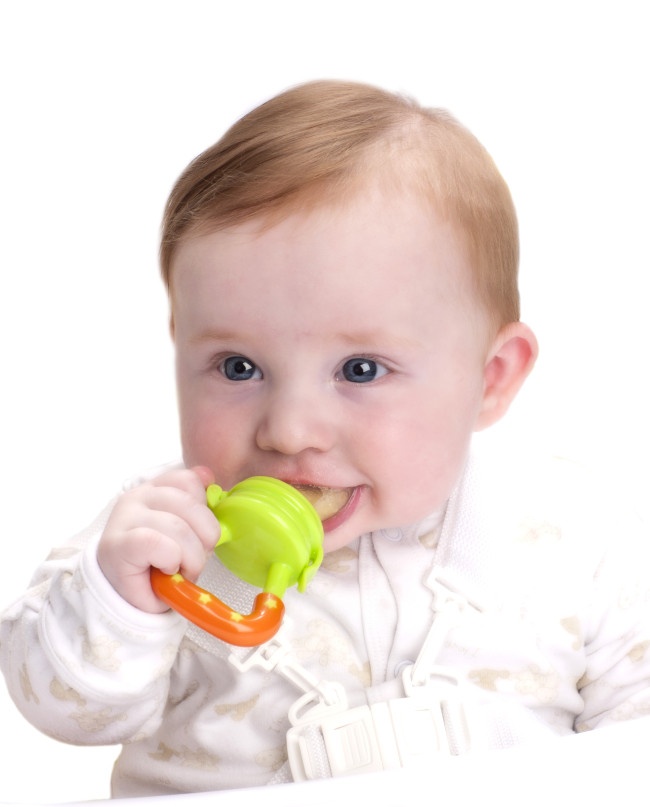
Breastfeeding protects your baby from infection and illness, so much so that it’s even considered a form of ‘personalised medicine’, with potential lifelong effects,” says Dr Mitoulas.
For example, breastfeeding for longer than six months has been shown to protect your baby against certain childhood cancers, such as acute lymphocytic leukaemia and Hodgkin’s lymphoma.9 Breastfeeding might also lessen his chances of developing type 2 diabetes,10 although this effect is confounded, or attenuated by factors such as smoking, gestational weight gain, preterm birth and other factors. There are also benefits for your baby in terms of sight 11 , dental problems,12 and obesity.”13
Your breast milk can also reduce your baby’s risk of diarrhoea and sickness,14 gastroenteritis, colds and flu, thrush and ear, throat and lung infections.9,15 This is especially helpful as he gets older and starts interacting with other children or going into childcare, where germs can be rife.
Breastfeeding can also be a lifesaver, as Dr Mitoulas points out: “The consequences of not breastfeeding between six and 23 months can be dire in low- and middle-income countries, where babies who aren’t breastfed are twice as likely to die from infection as babies who are breastfed, even partly.”16 And breastfeeding is not just about the benefits of your milk, it’s also wonderful for nurturing and calming your baby. Nothing soothes an upset infant or toddler like a nursing session with mum. As your baby grows, a feed helps with everything from teething and vaccinations to the inevitable knocks and scrapes or viruses that occur along the way. For many mums, breastfeeding can feel like a miracle worker.
Signal: Enhanced benefits
The act of being close to your baby, instantly responding to his needs and engaging in lots of eye contact also sends signals between you. Scientists think these could affect many aspects of your child’s development, from appetite to academic performance.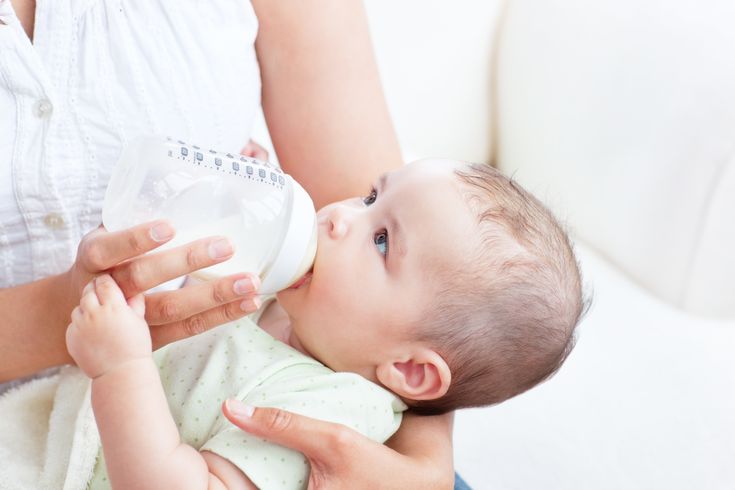 The longer you breastfeed, the stronger the positive outcome is likely to be.
The longer you breastfeed, the stronger the positive outcome is likely to be.
Breast milk contains thousands of active molecules,” Dr Mitoulas explains. “These range from enzymes that help digest fats17 and hormones that regulate appetite,18 to immune molecules that promote immune system development.19
Did you know that breast milk is actually alive? Every day your baby drinks millions to billions of living cells20 – there are thousands of them in each millilitre of your milk, including stem cells,”21 he continues. “Each one of these cells has a specific job in terms of keeping your baby healthy, and research is ongoing to discover exactly how these components benefit an infant during long-term breastfeeding.”
One thing that’s already known is that extended breastfeeding has a positive impact on a child’s IQ. Studies show a consistent three-point IQ advantage for children who were breastfed over those who were never breastfed.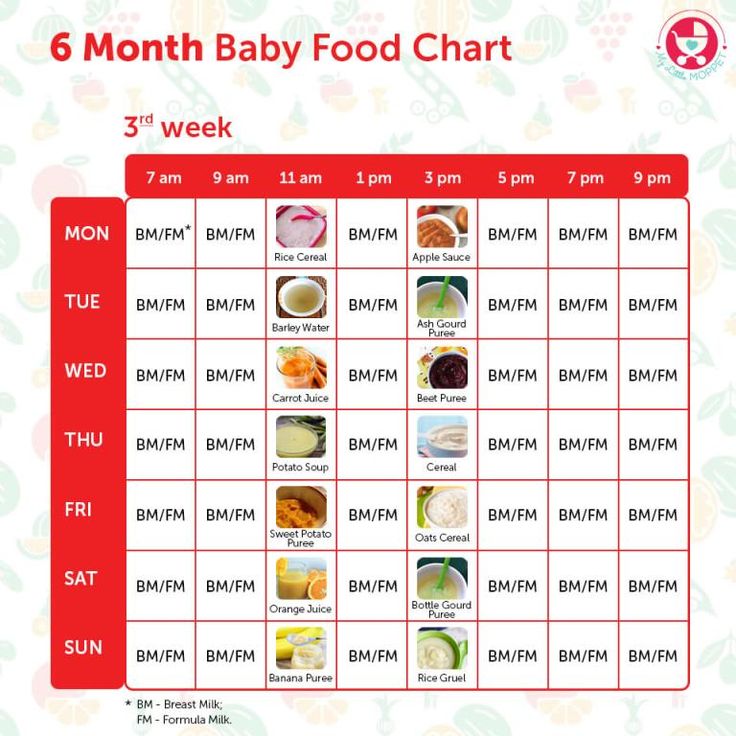 22
22
Breastfeeding beyond six months has even been linked to fewer behavioural problems in school-age children23 and improved mental health in children and adolescents.24
Shouldn’t I switch to follow-on formula after six months?
The health claims on the packaging may look impressive, but there is no better milk for your baby than your own.
No formula milk contains all the antibodies, live cells, growth factors, hormones or helpful bacteria, nor the array of enzymes, amino acids and micronutrients found in breast milk.25 Your milk adjusts to provide your baby with more infection-fighting antibodies and white blood cells when he’s ill26 – something formula simply can’t do. Read Breast milk vs formula: How similar are they? for more information.
Breastfeeding after six months: Benefits for mums
Extended breastfeeding isn’t just brilliant for your baby – it’s also great for you. By continuing breastfeeding beyond six months, you lower your lifelong risk of developing heart disease,27 type 2 diabetes28 and cancers of the breast,29 ovaries30 and uterus. ”31 And breastfeeding mums often find their periods don’t return for many months – and possibly for as long as two years.32
”31 And breastfeeding mums often find their periods don’t return for many months – and possibly for as long as two years.32
“The desire to get back to their pre-pregnancy body weight is a significant one for many mums,” says Dr Mitoulas. “One study showed that a mother’s body mass index (BMI) is 1% lower for every six months of breastfeeding.”24
Not to mention that after six months, breastfeeding is very convenient. Your breasts produce the right amount of milk when they need to and you don’t have to clean equipment or take anything with you when going out. You may also find you’re increasingly only feeding at times that fit your routine, such as before work, after childcare pick-up, and at bedtime. And even if you’re back at work, you can use a breast pump to express milk for your baby so he can continue enjoying the advantages.
With so many potential benefits, it’s perhaps not surprising a growing number of mums are choosing to practise ‘natural-term’ or ‘full-term’ breastfeeding and letting their child decide the right time to stop.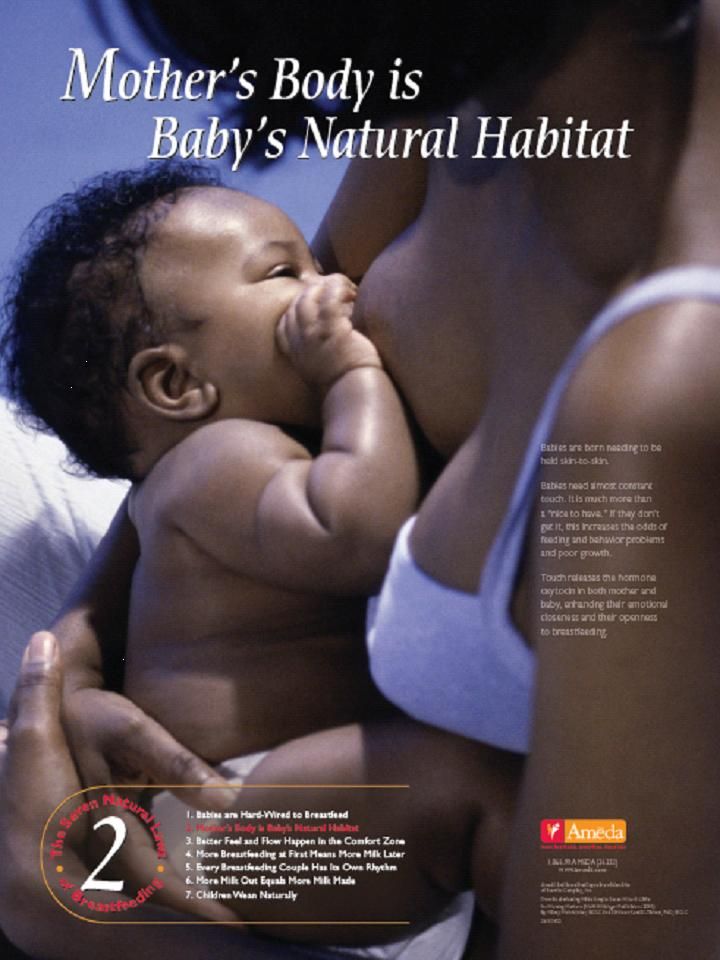
References
1 World Health Organization. Health topics: Breastfeeding [Internet]. Geneva, Switzerland: WHO; 2018 [Accessed: 26.03.2018]. Available from: http://www.who.int/topics/breastfeeding/en/
2 Innocenti Research Centre. 1990–2005 Celebrating the Innocenti Declaration on the protection, promotion and support of breastfeeding: past achievements, present challenges and the way forward for infant and young child feeding. Florence: United Nations Children’s Fund; 2005. 38 p.
3 Dettwyler KA. When to wean: biological versus cultural perspectives. Clin Obstet Gyecol. 2004;47(3):712-723.
4 1,000 Days. [Internet] Washington DC, USA; 2018. Available from: https://thousanddays.org
5 TED. TEDWomen: What we don’t know about mother’s milk [Internet]. New York, NY, USA: TED Conferences LLC; 2016. [Accessed 26.03.2018]. Available from www.ted.com/talks/katie_hinde_what_we_don_t_know_about_mother_s_milk/reading-list
6 Kent JC et al. Breast volume and milk production during extended lactation in women.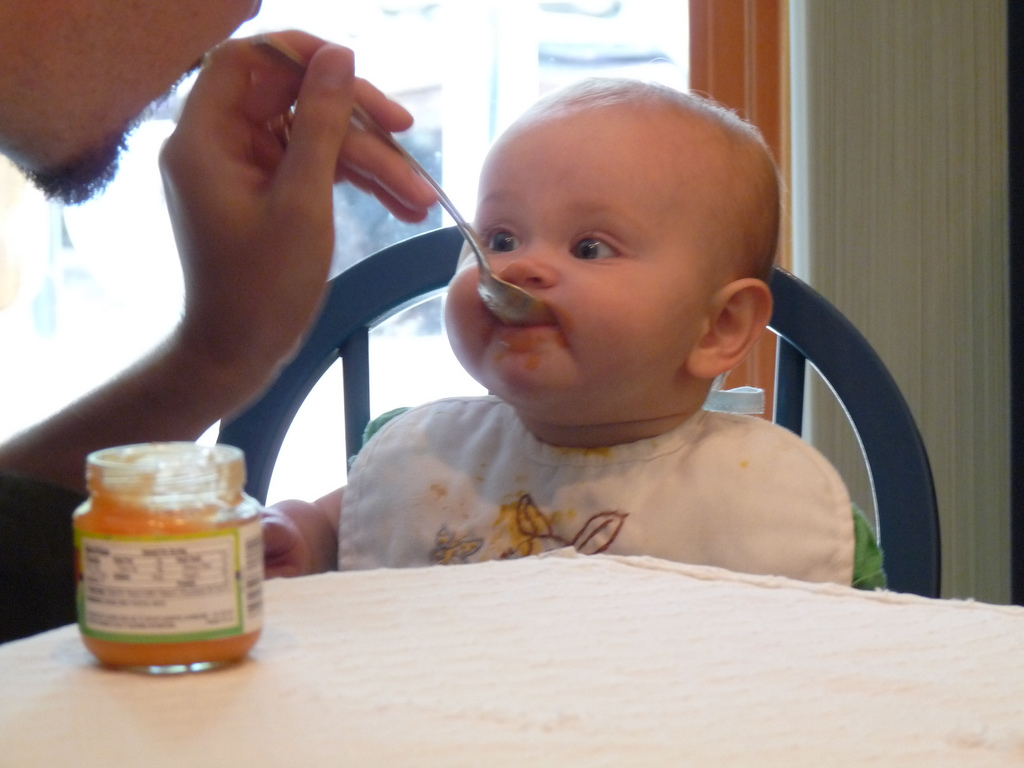 Exp Physiol. 1999;84(2):435-447.
Exp Physiol. 1999;84(2):435-447.
7 Kuo AA et al. Introduction of solid food to young infants. Matern Child Health J. 2011;15(8):1185-1194.
8 Dewey, KG. Nutrition, growth, and complementary feeding of the breastfed infant. Pediatr Clin North Am. 2001;48(1):87-104.
9 Bener A et al. Does prolonged breastfeeding reduce the risk for childhood leukemia and lymphomas? Minerva Pediatr. 2008;60(2):155-161.
10 Bjerregaard LG et al. Breastfeeding duration in infancy and adult risks of type 2 diabetes in a high‐income country. Matern Child Nutr. 2019;e12869.
11 Singhal A et al. Infant nutrition and stereoacuity at age 4–6 y. Am J Clin Nutr. 2007;85(1):152-159.
12 Peres KG et al. Effect of breastfeeding on malocclusions: a systematic review and meta‐analysis. Acta Paediatr. 2015;104(S467):54-61.
13 Horta BL et al. Long‐term consequences of breastfeeding on cholesterol, obesity, systolic blood pressure and type 2 diabetes: a systematic review and meta‐analysis. Acta Paediatr. 2015;104(S467):30-37.
Acta Paediatr. 2015;104(S467):30-37.
14 Howie PW et al. Protective effect of breast feeding against infection. BMJ. 1990;300(6716):11-16.
15 Ladomenou F et al. Protective effect of exclusive breastfeeding against infections during infancy: a prospective study. Arch Dis Child. 2010;95(12):1004-1008.
16 Sankar MJ et al. Optimal breastfeeding practices and infant and child mortality: a systematic review and meta‐analysis. Acta paediatr. 2015;104(S467):3-13.
17 Lönnerdal B. Bioactive proteins in breast milk. J Paediatr Child Health. 2013;49(S1):1-7.
18 Gridneva Z et al. Effect of human milk appetite hormones, macronutrients, and infant characteristics on gastric emptying and breastfeeding patterns of term fully breastfed infants. Nutrients. 2016;9(1):15.
19 Field CJ. The immunological components of human milk and their effect on immune development in infants. J Nutr. 2005;135(1):1-4.
20 Hassiotou F, Hartmann PE. At the dawn of a new discovery: the potential of breast milk stem cells. Adv Nutr. 2014;5(6):770-778.
Adv Nutr. 2014;5(6):770-778.
21 Cregan MD et al. Identification of nestin-positive putative mammary stem cells in human breastmilk. Cell Tissue Res. 2007;329(1):129-136.
22 Victora CG et al. Breastfeeding in the 21st century: epidemiology, mechanisms, and lifelong effect. Lancet. 2016;387(10017):475-490.
23 Heikkilä K et al. Breast feeding and child behaviour in the Millennium Cohort Study. Arch Dis Child. 2011;96(7):635-642.
24 Oddy WH et al. The long-term effects of breastfeeding on child and adolescent mental health: a pregnancy cohort study followed for 14 years. J Pediatr. 2010;156(4):568-574.
25 Ballard O, Morrow AL. Human milk composition: nutrients and bioactive factors. Pediatr Clin North Am. 2013;60(1):49-74.
26 Hassiotou F et al. Maternal and infant infections stimulate a rapid leukocyte response in breastmilk. Clin Transl Immunology. 2013;2(4):e3.
27 Peters SA et al. Breastfeeding and the risk of maternal cardiovascular disease: a prospective study of 300 000 Chinese women. J Am Heart Assoc. 2017;6(6):e006081.
J Am Heart Assoc. 2017;6(6):e006081.
28 Horta BL et al. Long‐term consequences of breastfeeding on cholesterol, obesity, systolic blood pressure and type 2 diabetes: a systematic review and meta‐analysis. Acta Paediatr. 2015;104(S467):30-37.
29 Collaborative Group on Hormonal Factors in Breast Cancer. Breast cancer and breastfeeding: collaborative reanalysis of individual data from 47 epidemiological studies in 30 countries, including 50 302 women with breast cancer and 96 973 women without the disease. Lancet. 2002;360(9328):187-195.
30 Li DP et al. Breastfeeding and ovarian cancer risk: a systematic review and meta-analysis of 40 epidemiological studies. Asian Pac J Cancer Prev. 2014;15(12):4829-4837.
31 Jordan SJ et al. Breastfeeding and endometrial cancer risk: an analysis from the epidemiology of endometrial cancer consortium. Obstet Gynecol. 2017;129(6):1059-1067.
32 Howie PW. Breastfeeding: a natural method for child spacing. Am J Obstet Gynecol. 1991;165(6):1990-1991.
diet for a 6-month-old baby with breast and artificial feeding, an approximate menu for a week in the table, a diet for a day
Published: 02/10/2021
Reading time: 4 min.
Number of reads: 185834
Author of the article: Ponomareva Yuliya Vladimirovna
Pediatrician, Candidate of Medical Sciences, allergist-immunologist
Changes in a child in the first year of life are very rapid, and each month is not like another. The 6-month milestone is very important, it is largely evaluative and transitional. By this age, most babies have doubled their birth weight, are about 15 cm tall, and some babies have already erupted their teeth. The age of 6 months is also transitional in terms of nutrition. Breast milk or an adapted formula is still the basis of the diet, but with the beginning of the second half of life, all children, without exception, should begin to receive complementary foods. Despite the general graph of growth and weight gain and indicators of psychomotor development, the status and diet of children at 6 months can be very different.
Content: Hide
- The first feeding of 6 months
- The start of complementary foods at 4-5 months
- The second half of the life
- for a week for a child at 6 months
The first feeding of
If the baby is healthy and breastfed, and his mother eats a full and varied diet, exclusive breastfeeding is possible until this age. Cereal complementary foods in this case are preferable to start. This is due to the high energy and nutritional value of cereals, the ability to significantly enrich the baby's diet with a delayed start of the introduction of complementary foods.
However, the rate of expansion of the child's diet in this situation will be accelerated. Before the 8th month of life, it is necessary to introduce all basic food groups into the baby’s menu, since in the second half of the year the need for additional intake of nutrients and micronutrients is very high. Another reason explaining the importance of the rapid introduction of complementary foods is the formation of immunity of the immune cells of the intestine to ordinary food.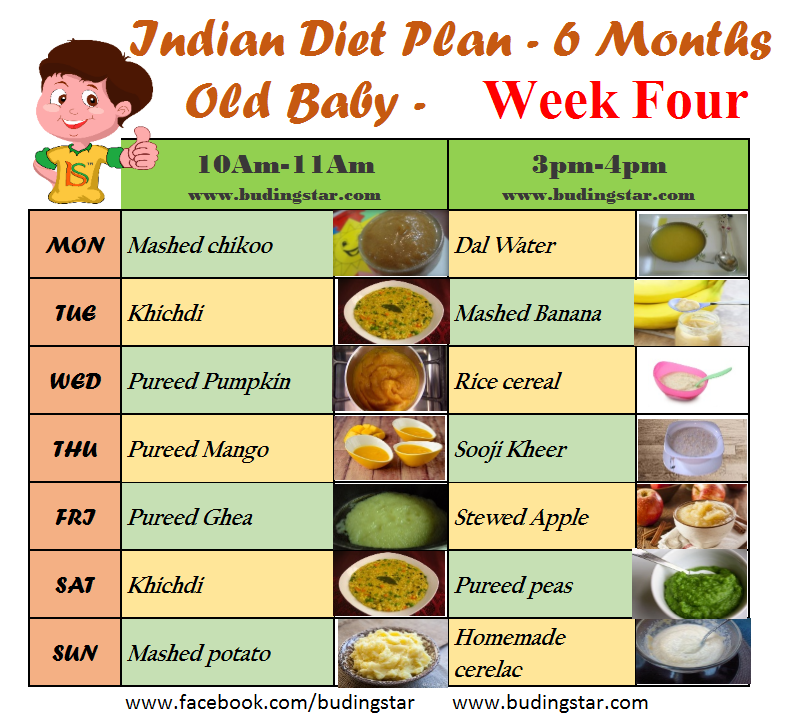 If a child is introduced to these foods at the age of 4-8 months, the risk of developing food allergies has been proven to be reduced.
If a child is introduced to these foods at the age of 4-8 months, the risk of developing food allergies has been proven to be reduced.
Complementary feeding starts at 4-5 months
In today's life, the nutrition of a nursing mother, unfortunately, is not always complete. Therefore, for most breastfed babies, complementary foods already need to be introduced from 5 months in order to prevent deficient conditions.
If a child is bottle-fed, then by the 4th month of life, the baby will not have enough adapted formula alone, and in this group of children, the timing of the introduction of complementary foods usually shifts a month earlier than in breast-fed babies. Accordingly, by 6 months, children will have vegetable puree and gluten-free porridge (buckwheat, corn and rice) in their diet. In the first half of life, monocomponent meals are used (that is, from one type of grain and vegetables), prepared on the basis of water, breast milk or an adapted mixture.
Fruit puree and juice can be another possible complementary food for children under 6 months of age without allergy symptoms.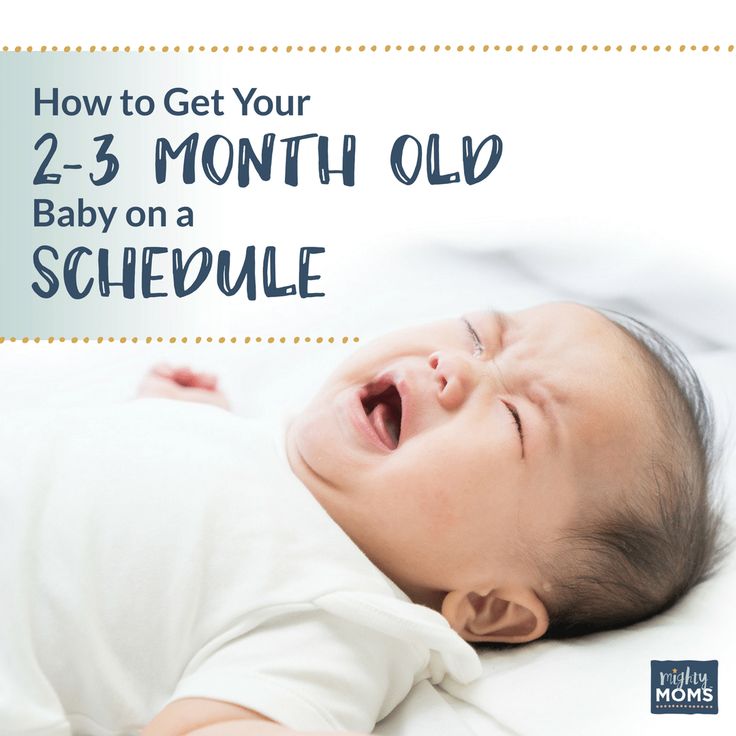 In a child with a risk of developing or manifesting allergies, the timing of the introduction of fruit complementary foods is shifted to the 8th month.
In a child with a risk of developing or manifesting allergies, the timing of the introduction of fruit complementary foods is shifted to the 8th month.
Second six months of life
Children over 6 months of age can supplement their diet with cereals containing gluten. First of all, these are oatmeal and wheat porridge, and then multi-cereal dishes with the addition of other cereals (millet, barley, rye). If the child does not have any manifestations of allergies, milk porridge can be included in the menu at this age. Bebi Premium industrial baby food products include specially prepared milk that is safe to use in healthy babies in the first year of life.
From the age of 6 months, the baby's diet is expanded with such important products as meat and cottage cheese. These products are a source of high-quality protein, fats, and are also rich in minerals such as iron, calcium, and phosphorus. Pediatricians and nutritionists recommend introducing meat and cottage cheese as part of combined dishes based on a fruit and vegetable and / or grain component in a ratio of 1 (cottage cheese / meat): 4–5 (fruits / vegetables / cereals).
To enrich the diet with polyunsaturated fatty acids in the second half of the year, the menu includes vegetable oil in the amount of 3–5 grams per day, which can be added to the complementary food dish. The volume of each feeding is approximately 150-170 ml, and the child can already stand up to 3.5 hours between meals.
In the table below, we offer a menu of 6 months for a week for a child who started receiving complementary foods at the age of 4-5 months, and by the time the second half of life begins, dairy-free gluten-free cereals, vegetable and fruit purees have already been introduced into his diet.
1st day
| Seeing | 0065 50|||
| Lunch (12.30) | Vegetable soup with beef, olive oil | 100/30/3 | compot of drocked | 900 |
| Afternoon snack (16.00) | Plum puree with cottage cheese | 60/40 | |
| Breast milk/formula | 60 062 | ||
| food reception | menu | ml/g | |
| Early morning | breast milk/mixture | 150 | Milki | & Bashas Breakfast (09 cherry Bebi Premium» | 100 |
| 0065 Breast milk/mixture | 150 | ||
| children's soluble cookies "BEBIKI" Classic | |||
| GRUSHERS with rice and Claus | GRUSHIOUS WITH RISE and CRETURE 30 | ||
| Bebi Premium Kids Instant Herbal Tea | 50 | ||
| Bedtime 065 Breast milk/formula | 150 | ||
Rate the article
(Number of votes: 20, average 4. 8)
8)
Share with friends:
Diet for a 4-6 month old baby
Your baby is already 4 months old. He has noticeably grown up, become more active, is interested in objects that fall into his field of vision, carefully examines and reaches for them. The emotional reactions of the child have become much richer: he joyfully smiles at all the people whom he often sees more and more often, makes various sounds.
You are still breastfeeding or have had to switch to formula or formula feeding. The child is actively growing, and only with breast milk or infant formula, he can no longer always get all the necessary nutrients. And that means it's time to think about complementary foods.
The optimal time to start its introduction is between 4 and 6 months, regardless of whether the baby is receiving breast milk or formula. This is the time when children respond best to new foods. Up to 4 months, the child is not yet ready to perceive and digest any other food. And with the late introduction of complementary foods - after 6 months, children already have significant deficiencies of individual nutrients and, first of all, micronutrients (minerals, vitamins, long-chain polyunsaturated fatty acids, etc.). In addition, toddlers at this age often refuse new foods, they have delayed development of chewing skills for thick foods, and inadequate eating habits are formed. It is important to know that, no matter how strange it may seem at first glance, with a delayed appointment of complementary foods, allergic reactions more often occur on them.
And with the late introduction of complementary foods - after 6 months, children already have significant deficiencies of individual nutrients and, first of all, micronutrients (minerals, vitamins, long-chain polyunsaturated fatty acids, etc.). In addition, toddlers at this age often refuse new foods, they have delayed development of chewing skills for thick foods, and inadequate eating habits are formed. It is important to know that, no matter how strange it may seem at first glance, with a delayed appointment of complementary foods, allergic reactions more often occur on them.
When is it advisable to introduce complementary foods as early as 4 months, and when can you wait until 5.5 or even 6 months? To resolve this issue, be sure to consult a pediatrician.
As a rule, at an earlier age (4 - 4.5 months), complementary foods are introduced to children at risk of developing iron deficiency anemia, as well as children with insufficient weight gain and with functional digestive disorders.
The optimal time to start complementary foods for a healthy baby is between 5 and 5.5 months of age.
The World Health Organization recommends that breastfed babies should be introduced to complementary foods from 6 months of age. From the point of view of domestic pediatricians, which is based on extensive practical experience and scientific research, this is possible only in cases where the child was born on time, without malnutrition (since in these cases the mineral reserves are very small), he is healthy, grows well and develops. In addition, the mother should also be healthy, eat well and use either specialized enriched foods for pregnant and lactating women, or vitamin and mineral complexes in courses. Such restrictions are associated with the depletion of iron stores even in a completely healthy child by 5-5.5 months of age and a significant increase in the risk of anemia in the absence of complementary foods rich or fortified with iron. There are other deficits as well.
The first complementary food can be vegetable puree or porridge, fruit puree is better to give the baby later - after tasty sweet fruits, children usually eat vegetable puree and cereals worse, often refuse them altogether.
Where is the best place to start? In cases where the child has a tendency to constipation or he puts on weight too quickly, preference should be given to vegetables. With a high probability of developing anemia, unstable stools and small weight gains - from baby cereals enriched with micronutrients. And if you started introducing complementary foods with cereals, then the second product will be vegetables and vice versa.
If the first complementary food is introduced at 6 months, it must be baby porridge enriched with iron and other minerals and vitamins, the intake of which with breast milk is no longer enough.
Another important complementary food product is mashed meat. It contains iron, which is easily absorbed. And adding meat to vegetables improves the absorption of iron from them. It is advisable to introduce meat puree to a child at the age of 6 months. Only the daily use of children's enriched porridge and meat puree can satisfy the needs of babies in iron, zinc and other micronutrients.
It is advisable to introduce meat puree to a child at the age of 6 months. Only the daily use of children's enriched porridge and meat puree can satisfy the needs of babies in iron, zinc and other micronutrients.
But it is better to introduce juices later, when the child already receives the main complementary foods - vegetables, cereals, meat and fruits. After all, complementary foods are needed so that the baby receives all the substances necessary for growth and development, and there are very few in their juices, including vitamins and minerals.
Juices should not be given between feedings, but after the child has eaten porridge or vegetables with meat puree, as well as for an afternoon snack. The habit of drinking juice between meals leads to frequent snacking in the future, a love of sweets is instilled, children have more tooth decay and an increased risk of obesity.
With the start of the introduction of complementary foods, the child is gradually transferred to a 5-time feeding regimen.
Rules for the introduction of complementary foods:
- preference should be given to baby products of industrial production, they are made from environmentally friendly raw materials, have a guaranteed composition and degree of grinding
- Complementary foods should be offered to the baby by spoon at the start of feeding, before breastfeeding (formula feeding)
- the volume of the product increases gradually, starting with ½ - 1 spoon, and in 7 - 10 days we bring it to the age norm, subsequent products within the same group (cereals from other cereals or new vegetables)
- can be entered faster, in 5 - 7 days
- start introduction with monocomponent products
- it is undesirable to give a new product in the afternoon, it is important to follow how the child reacts to it
- new products are not introduced in the event of acute illnesses, and before and immediately after prophylactic vaccination (should be abstained for several days)
When introducing a new type of complementary food, first try one product, gradually increasing its amount, and then gradually "dilute" this product with a new one. For example, vegetable complementary foods can be started with a teaspoon of zucchini puree. During the week, give the baby only this product, gradually increasing its volume. After a week, add a teaspoon of mashed broccoli or cauliflower to the zucchini puree and continue to increase the total volume every day. Vegetable puree from three types of vegetables will be optimal. The portion should correspond to the age norm. Over time, you can replace the introduced vegetables with others faster.
For example, vegetable complementary foods can be started with a teaspoon of zucchini puree. During the week, give the baby only this product, gradually increasing its volume. After a week, add a teaspoon of mashed broccoli or cauliflower to the zucchini puree and continue to increase the total volume every day. Vegetable puree from three types of vegetables will be optimal. The portion should correspond to the age norm. Over time, you can replace the introduced vegetables with others faster.
After the introduction of one vegetable (bringing its volume to the required amount), you can proceed to the intake of porridge, and diversify the vegetable diet later.
If the child did not like the dish, for example, broccoli, do not give up and continue to offer this vegetable in a small amount - 1-2 spoons daily, you can not even once, but 2-3 times before meals, and after 7 - 10, and sometimes 15 days, the baby will get used to the new taste. This diversifies the diet, will help to form the right taste habits in the baby.
Spoon-feeding should be done with patience and care. Forced feeding is unacceptable!
In the diet of healthy children, porridge is usually introduced after vegetables (with the exception of healthy breastfed children, when complementary foods are introduced from 6 months). It is better to start with dairy-free gluten-free cereals - buckwheat, corn, rice. At the same time, it is important to use porridge for baby food of industrial production, which contains a complex of vitamins and minerals. In addition, it is already ready for use, you just need to dilute it with breast milk or the mixture that the baby receives.
Children suffering from food allergies are introduced complementary foods at 5-5.5 months. The rules for the introduction of products are the same as for healthy children, in all cases it is introduced slowly and begins with hypoallergenic products. Be sure to take into account individual tolerance. The difference is only in the correction of the diet, taking into account the identified allergens. From meat products, preference should first be given to mashed turkey and rabbit.
From meat products, preference should first be given to mashed turkey and rabbit.
Diets for different age periods
Explain how you can make a diet, it is better to use a few examples that will help you navigate in compiling a menu specifically for your child.
From 5 months, the volume of one feeding is on average 200 ml.
Option 1.
If your baby started receiving complementary foods from 4-5 months, then at 6 months his diet should look like this:
| Breast milk or VHI* | 200 ml | |
| II feeding 10 hours | Dairy-free porridge** Supplementation with breast milk or VHI* | 150 g 50 ml |
| III feeding 14 hours | Vegetable puree Meat puree Vegetable oil Supplemental breast milk or VHI* | 150 g 5 - 30 g 1 tsp 30 ml |
| IV feeding 18 hours | Fruit puree Breast milk or VHI* | 60 g 140 ml |
| V feeding 22 hours | Breast milk or VHI* | 200 ml |
* - infant formula
** - diluted with breast milk or VHI
Option 2.
* - infant formula Option 3. : ** - diluted with breast milk Up to 7 months, increase the volume of porridge and vegetable puree to 150 g and introduce fruit puree. I feeding
6 hours Breast milk or VHI* 200 ml II feeding
10 hours Dairy-free porridge**
Fruit puree 150 g
20 g III feeding
14 hours Vegetable puree
Meat puree Vegetable oil
Fruit juice 150 g
5 - 30 g
1 tsp
60 ml IV feeding
18 hours Fruit puree
Breast milk or VHI* 40 g
140 ml V feeding
22 hours Breast milk or VHI* 200 ml
** - diluted with breast milk or VHI 
I feeding
6 hours Breast milk II feeding
10 hours Dairy-free porridge**
Breast milk supplement 100 g III feeding
14 hours Vegetable puree
Meat puree Vegetable oil
Breast milk supplement 100 g
5 - 30 g
1 tsp IV feeding
18 hours Breast milk V feeding
22 hours Breast milk 

